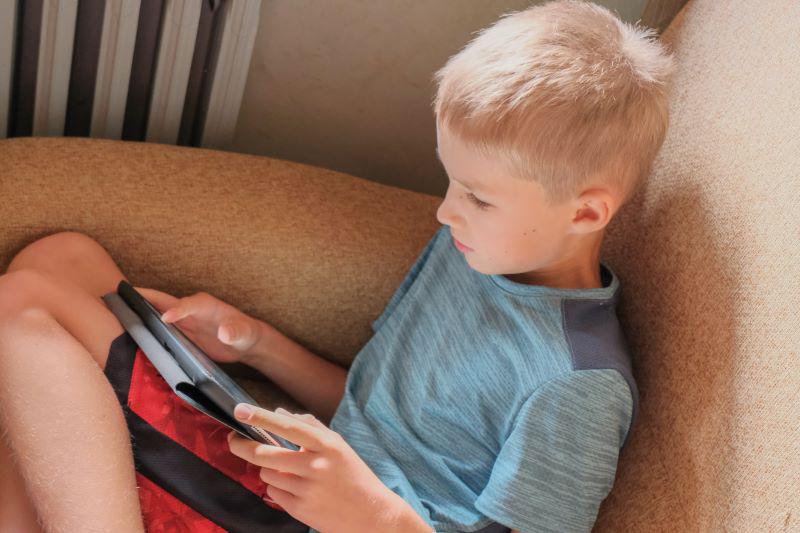Due to a recent change in our pharmacy software system, the process for submitting refill requests online has now changed.
Our previous mobile app and your current login credentials will no longer work.
Please click the Refill Button to begin the new process.
Thank you for your patience during this transition.
Note: we do accept walk-in for most routine immunizations including the COVID-19 vaccinations.
Click to make an appointment!
Get Healthy!

- Denise Mann
- Posted August 4, 2022
8/9 -- Pandemic Brought More Woes for Kids Prone to Headaches
Add more frequent headaches in kids who are already vulnerable to them to the list of ills associated with the pandemic.
Before the pandemic, 60% of kids reported headaches on less than 15 days of the month. After the start of the pandemic, this number fell to 50%. What's more, the percentage of kids reporting constant daily headaches increased from 22% before the pandemic to 36% after the start of the pandemic.
"This is a really big increase," said study author Dr. Marc DiSabella. He's director of the Headache Program at Children's National Hospital in Washington, D.C.
Exactly how COVID-19 increased headache frequency among kids who get migraines isn't fully understood, but the researchers have their theories -- namely more stress, less physical activity and more screen time.
"COVID-19 disrupted normalcy, and most people with migraines are Type A personalities and want control, and COVID-19 wiped that out," DiSabella said.
For the study, 107 children and adolescents completed a questionnaire about their headaches and lifestyle factors since the start of the pandemic. In addition to more frequent headaches, close to 50% of kids said their headaches got worse after the onset of the pandemic and many reported worse anxiety and mood, which could contribute to headache frequency and severity.
Fully 54% of kids said that they got less exercise, and 61% spent more than six hours a day on their screens during the pandemic. Too much screen time and less exercise can be headache triggers, DiSabella said.
This doesn't mean that parents or kids with headaches are powerless.
"Reset routines," DiSabella said. "It may not be the same routine that your child had pre-pandemic, but trying to establish normal exercise can help."
If team sports aren't a possibility, find a safe alternative so your kids can get enough physical activity throughout the day. "If kids have headaches more than four times per month that impact their quality of life, seek medical attention," he said.
The findings were published online in the Journal of Child Neurology.
The results mirror what Dr. Christina Szperka has been seeing in her practice since the beginning of the pandemic. She is the director of the Pediatric Headache Program at the Children's Hospital of Philadelphia.
"Some patients have certainly experienced worsened headache characteristics since the COVID-19 pandemic," said Szperka, who was not part of the study.
"This may be due to social isolation, stress, decreased physical activity, or increased screen time [with the postural effects], but patients whose headaches have worsened since the COVID pandemic are more likely to seek care and more likely to respond to surveys about the problem," she said. Poor posture while viewing screens can strain the neck and back, causing or worsening headaches.
Still, some kids with headaches may have benefited from increased flexibility with their school schedule and decreased social pressure during the early days of the pandemic, Szperka added. For example, children with a migraine during virtual school could often listen into class with their camera turned off rather than missing the class as they would during in-person school, she said.
"It is important that we try to understand both the positive and negative effects of the COVID-19 pandemic in order to help our patients long-term," Szperka said.
More information
The American Academy of Pediatrics has more on headaches in kids.
SOURCES: Marc DiSabella, DO, director, Headache Program, Children's National Hospital, Washington, D.C.; Christina Szperka, MD, director, Pediatric Headache Program, Children's Hospital of Philadelphia; Journal of Child Neurology





